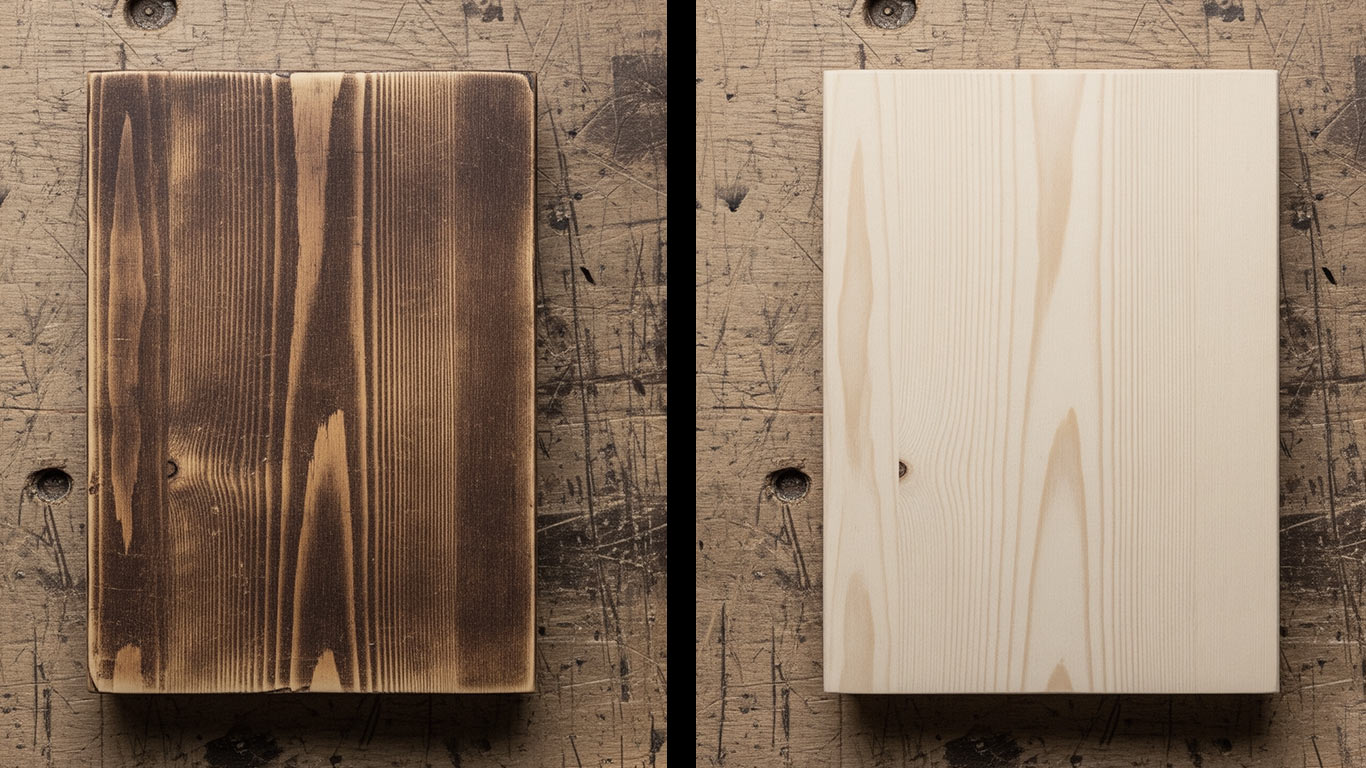
FDA
FDA 21 CFR 1040.10 - Laser Product Performance Standards



Birch wood's balanced porosity and toughness let operators dial in laser cleaning processes that remove contaminants cleanly from heritage pieces without compromising structural integrity.
At 1000x magnification, the birch surface shows thick layers of dirt clogging the wood fibers. Grime fills the tiny pores, making everything look uneven and dull. Contaminants stick tightly, hiding the natural texture beneath.
After laser treatment at 1000x magnification, the birch surface reveals clear, open wood fibers. The treatment removes all grime, exposing smooth and even pores. It restores the natural shine, showing a clean and detailed texture.

FDA 21 CFR 1040.10 - Laser Product Performance Standards

ANSI Z136.1 - Safe Use of Lasers

IEC 60825 - Safety of Laser Products

OSHA 29 CFR 1926.95 - Personal Protective Equipment

EPA Clean Air Act Compliance